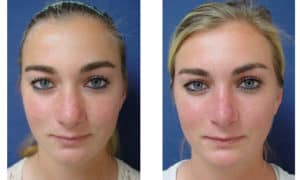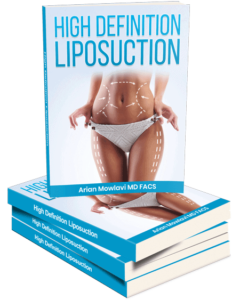WANT THE CONFIDENCE THAT COMES WITH
KNOWING YOU LOOK YOUR BEST?
Septoplaty CASE STUDIES
Sorry, we couldn't find any posts. Please try a different search.
Septoplasty
When considering improving the aesthetics of the nose, it is essential to rule out any functional deficits causing breathing difficulties. This is because functional deficits can be corrected simultaneously and without negatively affecting the cosmetic results of rhinoplasty.
The most common cause of difficulty breathing is a deviated septum which can be corrected by performing a septoplasty. Septoplasty involves the removal of any deviated portions of the centrally located septal cartilage.
Small incisions are made in the nasal mucosa in each side of the nares which allow the surgeon to first dissect the nasal mucosa off of the septal cartilage. Dr. Paris advocates placement of staggered incisions of the septal cartilage which is carefully removed. Once the deviated portion of the cartilage has been removed, then the nasal mucosal incisions are repaired and the nasal mucosal covering automatically returns to the midline.

As the septum is the central pillar support of the nose, there are architectural considerations that must be taken into account. Specifically, a rim of septal cartilage extending from the nasal bones over the tip and down to the nasal spine often referred to as an L strut must be maintained in order to preserve the structural integrity of the nose (figure 13).
If inferior turbinates have enlarged to compensate for enlarged internal nares, then the enlarged turbinate should be reduced to ensure symmetry of internal nares.


